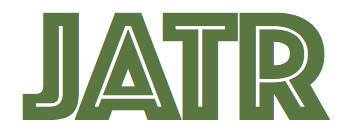Analysis and Case Studies of Nvidia Isaac Gym for Deep Reinforcement Learning-Based Quadruped Robot Control
Journal of Advanced Technology Research,
Vol. 9, No. 2, pp. 8-20,
Dec.
2024
 10.11111/JATR.2024.9.2.008,
Full Text:
10.11111/JATR.2024.9.2.008,
Full Text:

Keywords: Quadruped Robots, Deep Reinforcement Learning, NVIDIA Isaac Gym, Parallel Simulation, Sim-to-Real Transfer, Robot control
Abstract
Statistics
Cite this article
Keywords: Quadruped Robots, Deep Reinforcement Learning, NVIDIA Isaac Gym, Parallel Simulation, Sim-to-Real Transfer, Robot control
Abstract
Statistics
Cite this article
[IEEE Style]
Y. Choi, C. Ji, Y. Han, "Analysis and Case Studies of Nvidia Isaac Gym for Deep Reinforcement Learning-Based Quadruped Robot Control," Journal of Advanced Technology Research, vol. 9, no. 2, pp. 8-20, 2024. DOI: 10.11111/JATR.2024.9.2.008.
[ACM Style]
Yohan Choi, Changhun Ji, and Youn-Hee Han. 2024. Analysis and Case Studies of Nvidia Isaac Gym for Deep Reinforcement Learning-Based Quadruped Robot Control. Journal of Advanced Technology Research, 9, 2, (2024), 8-20. DOI: 10.11111/JATR.2024.9.2.008.


